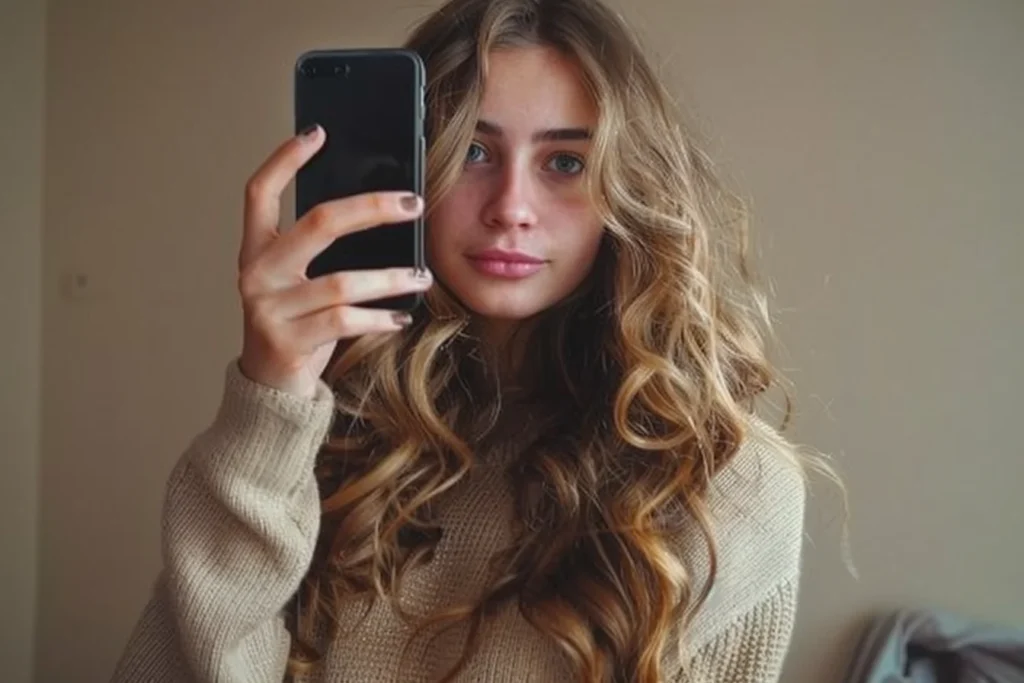Starting a hair care routine is much like beginning a skincare one. You will hardly stray after you find one that works for you.
But this process of finding the regimen can be overwhelming with so many options for persons having similar hair types.
Here’s what you need to know in order to find a suitable hair care routine.
However, your individual routine actually relies on some factors
These elements would alter the routine you choose from the texture of your hair to the preferred styles.
Your natural hair texture and type

The different types of hairs are thin, thick, or coarse and come in four categories:
- straight
- wavy
- curly
- kinky
Each category has its pros and cons. For instance, straight locks tend to get greasy faster than curly ones due to oil moving down the hair shaft quickly.
RELATED: New Triple Hair Washing Trend, Should You Dive In?
In case your hair is dyed or it contacts chemicals like dyes and bleach, you may have to put more thought into your routine.
Dyeing makes colored-treated hair fade fast hence people with dyed hair are advised not to wash it every dayTrusted Source; as washing daily may lead to pre-mature fading out of color and dryness.
Bleached tresses might also require extra nourishmentTrusted Source through conditioners or by using masks for the hair.
How do I wear my hair every day?

Straighten? Curl? Or leave it entirely natural?
This is another thing that will feature in your considerations mainly if you are fond of using destructive heat tools.
What exactly are these concerns?
It’s typical for at least one thing about our tresses not to be right such as frizzy strands, damaged ends, or even an itchy scalp.
You realize what’s wrong, then find out how to fix it. The best solution usually lies in knowing what the problem is.
RELATED: Your 2024 Guide to Growing Out Your Fringe: How to Grow Out My Bangs?
But there are certain components that every routine has in common
Even though your hair type and concerns will change your hair care routine to some extent, there are a few basic steps that can benefit everyone.
Cleansing

Cleansing is the balance between removing product build-up and dead skin while retaining natural oils on the hair.
Without a thorough wash, sebum would build up causing too much greasiness.
Dead skin is another thing. Roughly every 28 days, our skin regenerates and it may very well show if we don’t maintain clean hair.
And besides chlorine should not be left in the locks of swimmers. It takes time to strip off natural elements from the hair as it sits in longer periods of time.
Condition
Conditioners have numerous uses such as moisturizing ability, detangling ability, shine provision, and frizz reduction among others.
The main ingredient in conditioners is called cationic surfactant.
When wet, this sticks to the hairs and covers them with moisture that shampoo could’ve already removed by itself.
Moisturize and seal
There’s also a second step known as moisturize and seal whereby you add more hydration to your tresses through these two stages.
This especially helps kinky/coily types which tend to be dry.
Hydrating products and sealing oils do this by locking in moisture, not drying it out.
Untangle

Detangling is necessary to stop breakage and make life easier for you as a whole.
Nevertheless, a wide-toothed comb should be used, so that the hair is not pulled out accidentally.
The frequency of detangling depends largely on your hair type; for some people, every day may work while others are better off doing it less often.
Style and protect
Hair can be styled in virtually any manner using tricks and tools like volumizers or gels available now.
However, those who love their hot tools have to get their hands on heat protection spray, which will help them keep the strands safe.
Spot Treat

Treatment for an area that’s been bugging you is what spot-treating means when it comes to hair.
A protein treatment can be a great choice if you’re tired of your frizzy hair though.
Even so, you may find yourself applying a calming product especially made for that skin since it is very dry.

